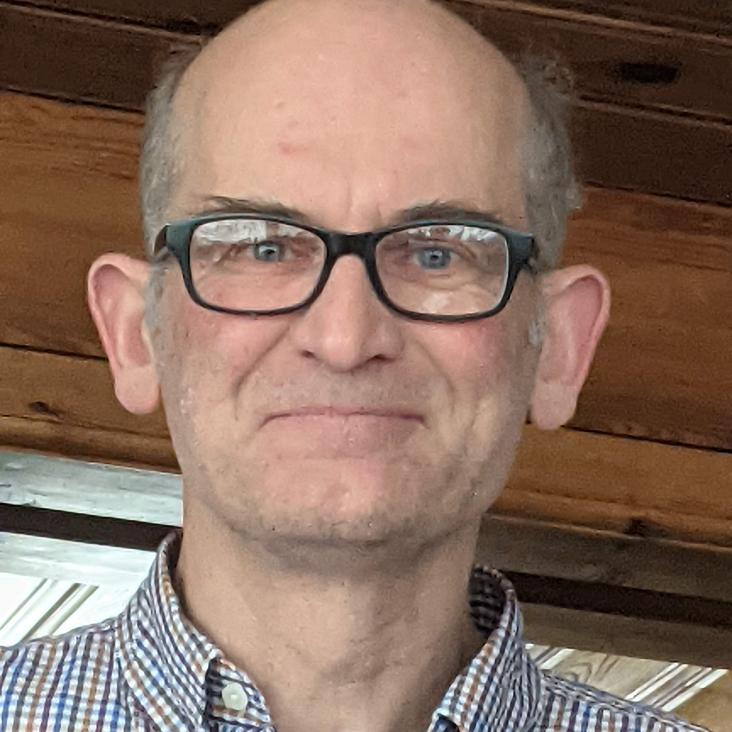The Gemini NICI Planet-Finding Campaign
ArXiv 1008.39 (2010)
Abstract:
Our team is carrying out a multi-year observing program to directly image and characterize young extrasolar planets using the Near-Infrared Coronagraphic Imager (NICI) on the Gemini-South 8.1-meter telescope. NICI is the first instrument on a large telescope designed from the outset for high-contrast imaging, comprising a high-performance curvature adaptive optics system with a simultaneous dual-channel coronagraphic imager. Combined with state-of-the-art observing methods and data processing, NICI typically achieves ~2 magnitudes better contrast compared to previous ground-based or space-based programs, at separations inside of ~2 arcsec. In preparation for the Campaign, we carried out efforts to identify previously unrecognized young stars, to rigorously construct our observing strategy, and to optimize the combination of angular and spectral differential imaging. The Planet-Finding Campaign is in its second year, with first-epoch imaging of 174 stars already obtained out of a total sample of 300 stars. We describe the Campaign's goals, design, implementation, performance, and preliminary results. The NICI Campaign represents the largest and most sensitive imaging survey to date for massive (~1 Mjup) planets around other stars. Upon completion, the Campaign will establish the best measurements to date on the properties of young gas-giant planets at ~5-10 AU separations. Finally, Campaign discoveries will be well-suited to long-term orbital monitoring and detailed spectrophotometric followup with next-generation planet-finding instruments.Temporal pixel multiplexing for simultaneous high-speed, high-resolution imaging.
Nat Methods 7:3 (2010) 209-211
Abstract:
We introduce an imaging modality that, by offsetting pixel-exposure times during capture of a single image frame, embeds temporal information in each frame. This allows simultaneous acquisition of full-resolution images at native detector frame rates and high-speed image sequences at reduced resolution, without increasing bandwidth requirements. We demonstrate this method using macroscopic and microscopic examples, including imaging calcium transients in heart cells at 250 Hz using a 10-Hz megapixel camera.Adaptive optics systems for HARMONI: a visible and near-infrared integral field spectrograph for the E-ELT
ADAPTIVE OPTICS SYSTEMS II 7736 (2010) ARTN 773633
Coronagraphic capability for HARMONI at the E-ELT
GROUND-BASED AND AIRBORNE INSTRUMENTATION FOR ASTRONOMY III 7735 (2010) ARTN 773589
EPICS: direct imaging of exoplanets with the E-ELT
GROUND-BASED AND AIRBORNE INSTRUMENTATION FOR ASTRONOMY III 7735 (2010) ARTN 77352E


